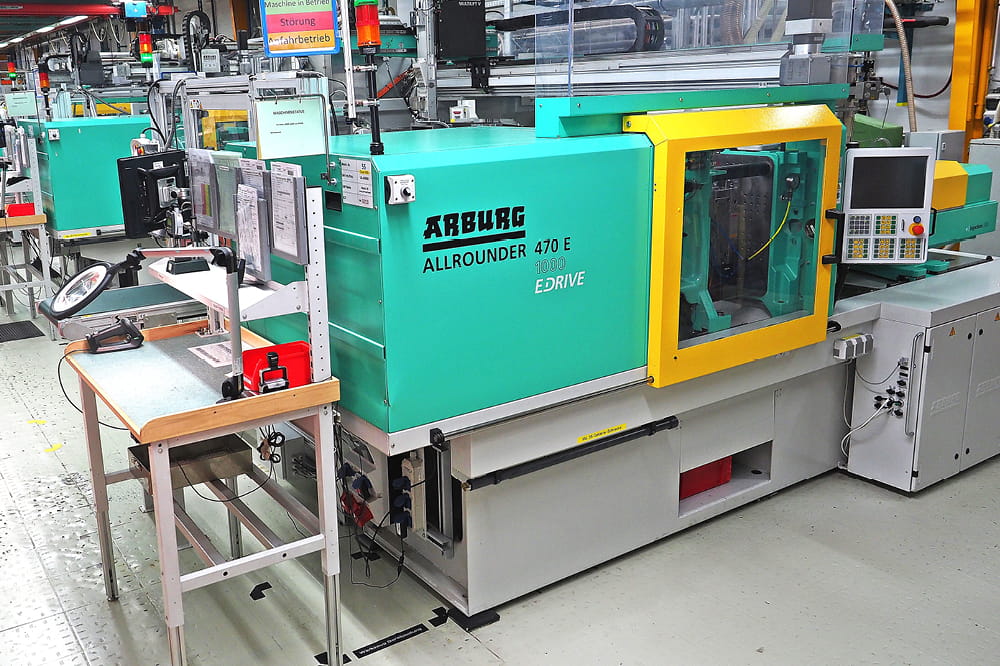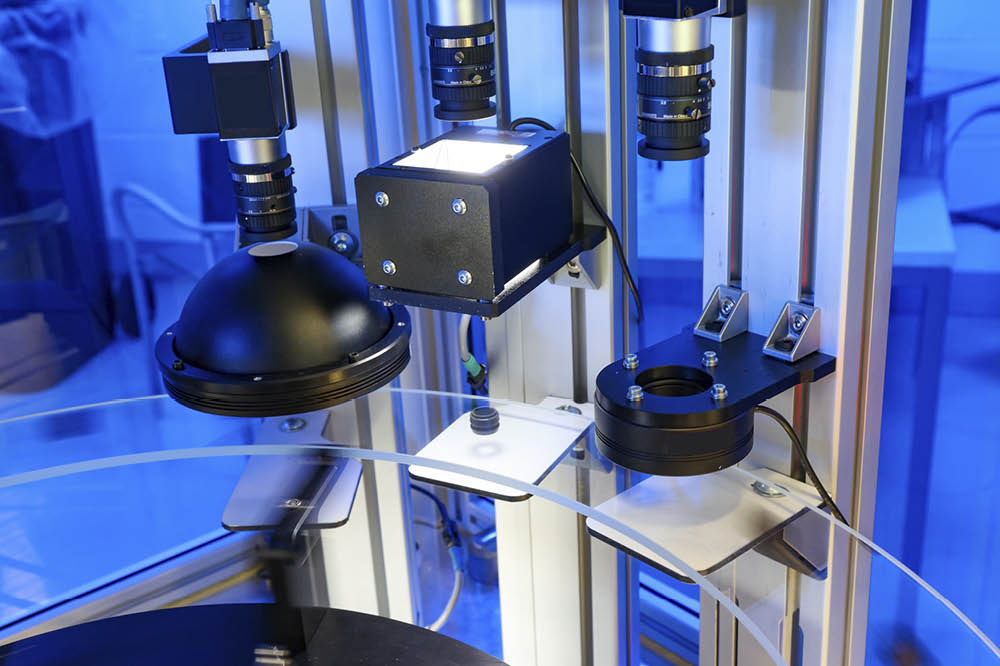Obtain news and background information about sealing technology, get in touch with innovative products – subscribe to the free e-mail newsletter.

Industry 4.0: “Higher Speed and Better Availability”
Expanding digital networks, automation and “Big Data,” meaning the analysis of large quantities of data – those are the ingredients of the so-called fourth industrial revolution. Many companies are now investigating what Industry 4.0 will mean to them in real terms. At Freudenberg Sealing Technologies (FST), the focus is especially on three outcomes: increases in efficiency, higher productivity and better service to customers.
Dieter Schäfer, Chief Operations Officer (COO) at FST, sees Industry 4.0 as a “completely new dimension of thinking and acting.” One noteworthy aspect: This is not so much because new ideas are necessarily reaching the market – but rather because ideas can be carried out that have not been realizable so far. To identify its starting point with Industry 4.0, FST has already launched pilot projects in various fields. The focus is on digital networking, data analysis and optimized processes.
Schäfer sees Industry 4.0 initially offering benefits for manufacturing. For example, in the transport phase, sensors can measure the characteristics of raw materials and simultaneously convey relevant data to the factory. This networking of transportation and production makes it possible for machines to be adjusted precisely to the properties of the materials in advance. The advantages do not merely involve improved quality. “We would benefit from optimized material use and forming processes as well,” Schäfer said. The benefits also generally apply to logistics: In the past, stock-taking and inventory reconciliation provided only indirect knowledge, but sensors and cameras will capture data in real time. “In this way, we can make decisions on the production process much more quickly and efficiently – and based on constantly updated availabilities,” Schäfer said.
We can make decisions on the production process much more quickly and efficiently – and based on constantly updated availabilities.

Another example: Due to the potential for increased computing power in the future, it will be possible to analyze the work steps of machines down to the millisecond. That means they can be adjusted more effectively. Furthermore, FST is not just looking at manufacturing and logistics in its pursuit of innovation. In the future, digital networking could optimize the ordering process. It would be conceivable for customers to transmit an order directly to a CNC machine. If it is already in use or lacks materials, the system would pass the order automatically on to the next available machine. FST has a pilot project underway in this area. In any case, the goal is “higher speed and the improved availability of our products,” Schäfer said.
In Schäfer’s view, digital networking could result in new fields of activity, job profiles could change, and employees could benefit from more precise information in their daily work. In any case, FST will remain competitive, and “continue to develop our business model with its help,” he added. This does not represent “a threat but rather new opportunities.” But he does not see innovation exclusively tied to “Industry 4.0.” “It shows us one way to optimize processes,” Schäfer said. “We are always optimizing. I don’t need Industry 4.0 as a buzzword for that.” In all, it is an exciting field that offers FST significant potential for improvement, “as do other classic approaches and methods."
More Stories About Digitalization











